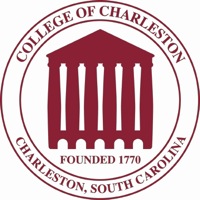Below is a summary of the abstract you submitted. Presenting author(s) is shown in bold.
If any changes need to be made, you can modify the abstract or change the authors.
You can also download a .docx version of this abstract.
If there are any problems, please email Dan at dar78@pitt.edu and he'll take care of them!
This abstract was last modified on March 17, 2024 at 9:58 p.m..

Through the Science Education Alliance-Phage Hunters Advancing Genomics and Evolutionary Science (SEA-PHAGES) program, student investigators at various research institutions have isolated, sequenced, and annotated bacteriophage genomes, allowing sequence comparisons. Using soil from the base of a palmetto tree at College of Charleston, students isolated the L cluster/L3 subcluster virus Jobypre using the host Mycobacterium smegmatis mc^2 155. Jobypre’s genome was sequenced and characterized using bioinformatic programs in the workflow tool PECAAN. Afterwards, Phamerator was utilized to compare Jobypre’s genome to other bacteriophages. Jobypre’s genome is 75,624 bp long (GC content 59.3%) containing 129 predicted protein sequences, 10 tRNAs, and no tmRNAs. Like other L cluster bacteriophages, Jobypre includes sequences for the Ro-like RNA binding protein, a DnaB-like dsDNA helicase, and 2 WhiB family transcription factors. Jobypre’s genome is nearly identical to that of Snenia, another L3 virus from Durban, South Africa, sharing 99.97% identity (100% coverage) in a BLASTn comparison.


